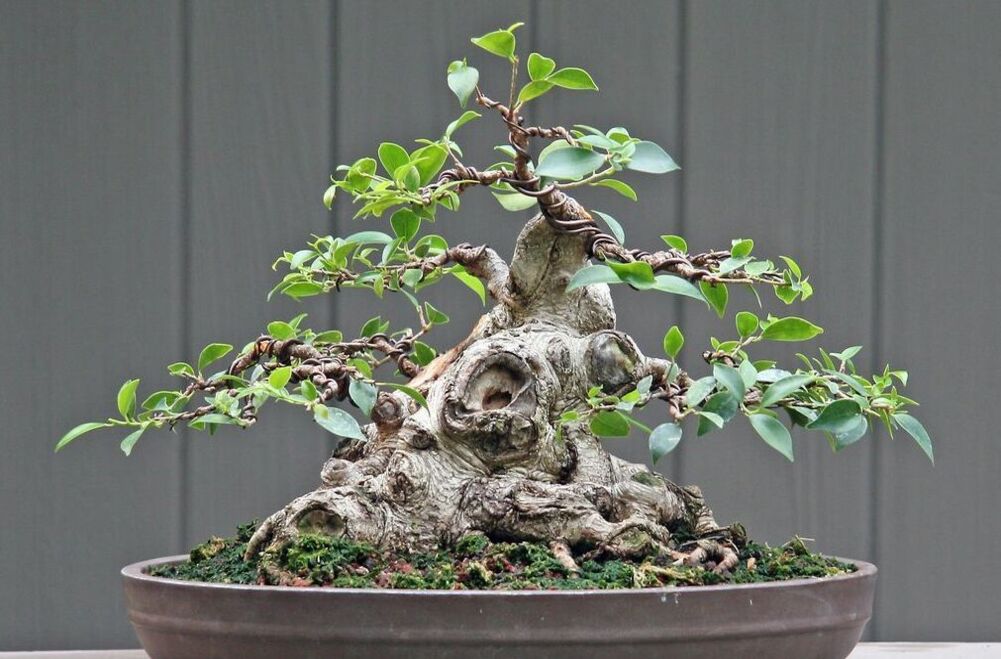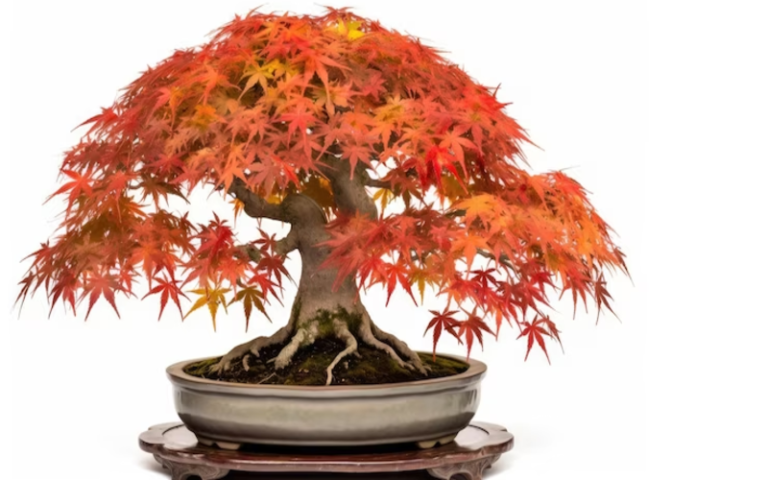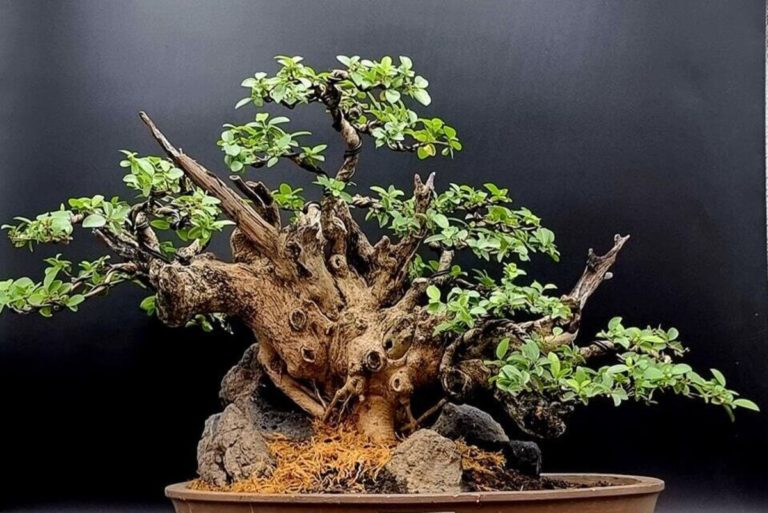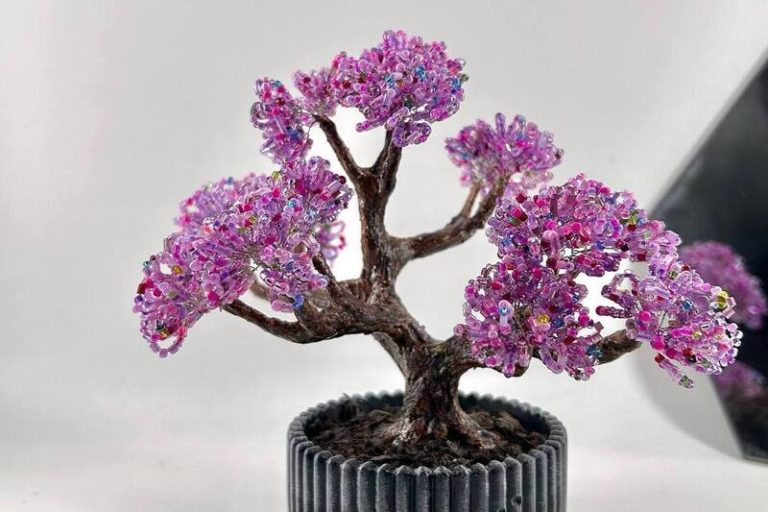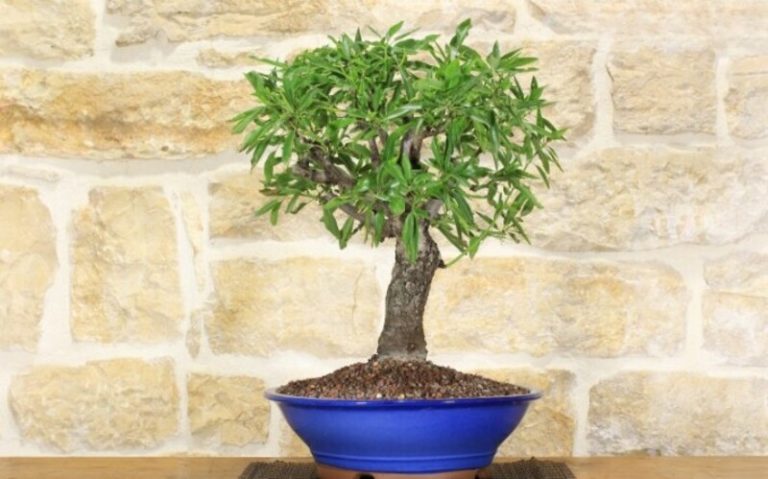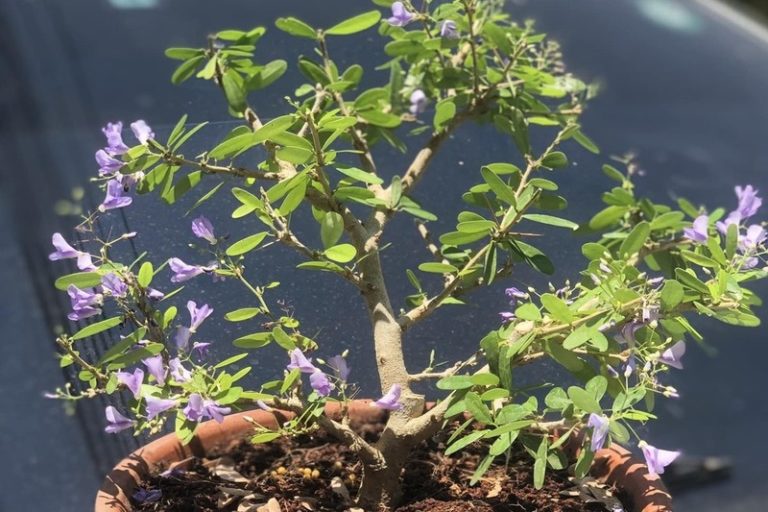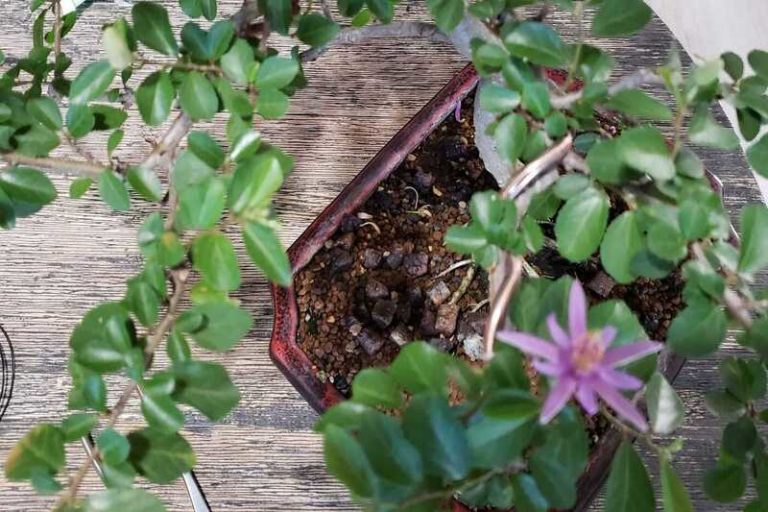Bonsai Root: A Complete Guide for Beginners
Growing a bonsai tree is like creating living art, and it all starts beneath the surface—with the roots. If you’re just starting your bonsai journey, understanding bonsai roots is essential for keeping your miniature tree healthy and beautiful.
What Makes Bonsai Roots Special?
Bonsai roots are quite different from regular tree roots. In nature, trees send their roots deep and wide to find water and nutrients. But in a bonsai pot, roots must adapt to a confined space while still supporting the entire tree. This creates a unique challenge that makes bonsai cultivation both an art and a science.
The root system of a bonsai serves three critical functions: anchoring the tree in its shallow container, absorbing water and nutrients from the limited soil, and storing energy for growth. When these roots are properly managed, your bonsai can thrive for decades or even centuries.
Understanding Root Structure
A bonsai has two main types of roots. The thick structural roots, called taproots and primary roots, provide stability and store nutrients. These often become part of the tree’s visual appeal, especially in certain styles where exposed roots add character.
The second type consists of fine feeder roots—thin, hair-like roots that absorb water and nutrients. These are the workhorses of your bonsai’s root system. Keeping them healthy ensures your tree gets everything it needs to survive.
Quick Reference Guide: Bonsai Root Care
| Aspect | Beginner Recommendation | Frequency | Best Season |
|---|---|---|---|
| Root Pruning | Trim 1/3 of root mass during repotting | Every 2-3 years | Early Spring |
| Repotting | Use fresh bonsai soil mix | Every 2-3 years (young trees annually) | Spring (before growth) |
| Watering | Water when top inch of soil feels dry | Daily to every other day | Year-round (adjust seasonally) |
| Soil Check | Insert finger 1 inch deep to test moisture | Daily during growing season | Year-round |
| Root Inspection | Check for rot, pests, circling roots | During each repotting | Spring |
| Fertilizing | Balanced liquid fertilizer for root health | Every 2-4 weeks | Spring through Fall |
| Soil Mixture | 40% Akadama, 30% Pumice, 30% Lava Rock | During repotting | Spring |
| Drainage Check | Ensure water flows through in 5-10 seconds | During each watering | Year-round |
The Art of Nebari
One term you’ll hear often in bonsai is “nebari,” which refers to the visible surface roots at the base of the trunk. A well-developed nebari is considered a sign of a mature, well-trained bonsai. It creates the impression of stability and age, making even a young tree look ancient.
Developing good nebari takes years of careful root pruning and training. Growers encourage roots to spread radially outward from the trunk rather than diving straight down. This creates that classic, picturesque appearance that makes bonsai so captivating.
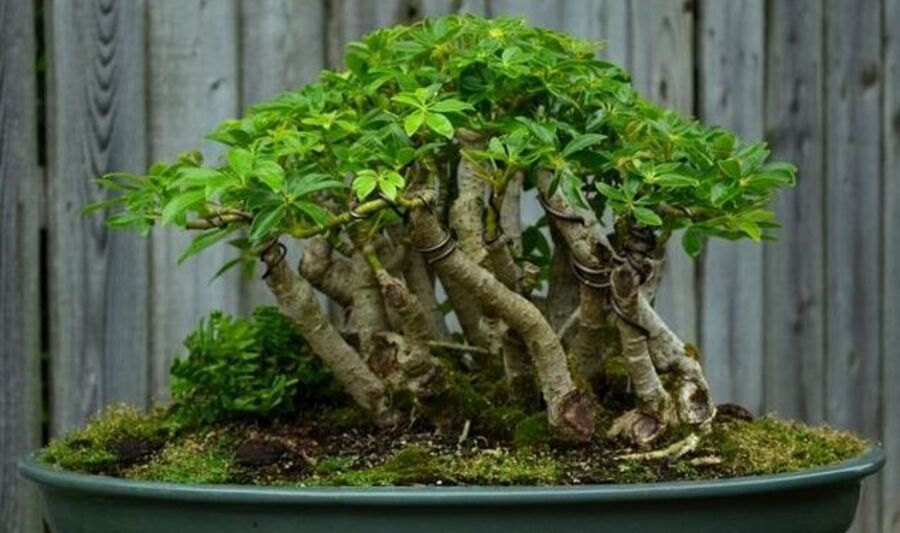
Root Pruning Basics
Root pruning is one of the most important—and intimidating—tasks for new bonsai enthusiasts. When you repot your bonsai every 2-3 years, you’ll need to trim the roots to keep them healthy and prevent them from becoming root-bound.
Start by gently removing your tree from its pot and carefully loosening the root ball. Using sharp, clean scissors or root shears, trim away about one-third of the root mass, focusing on the bottom and outer edges. This encourages new feeder root growth and keeps your tree vigorous.
Always cut away any dead, rotted, or circling roots. Circling roots can eventually strangle the tree, while dead roots invite disease. After pruning, replant your bonsai in fresh, well-draining soil.
Soil and Drainage Requirements
Bonsai roots need soil that’s completely different from garden soil. Regular potting soil retains too much moisture and doesn’t provide enough oxygen to the roots. This can lead to root rot, which is often fatal for bonsai trees.
Instead, bonsai soil is typically a mixture of components like akadama (a type of clay), pumice, and lava rock. These materials create lots of air pockets, allowing roots to breathe while still retaining some moisture. Good drainage is absolutely critical—water should flow through the soil within seconds.
Common Root Problems and Solutions
| Problem | Symptoms | Causes | Solutions |
|---|---|---|---|
| Root Rot | Yellowing leaves, weak growth, foul odor | Overwatering, poor drainage | Repot immediately, remove rotten roots, improve drainage |
| Root Bound | Stunted growth, roots circling pot | Infrequent repotting | Repot and prune roots every 2-3 years |
| Dried Out Roots | Brown, brittle roots, wilting leaves | Underwatering, hot weather | Soak pot in water for 10 minutes, increase watering frequency |
| Root Aphids | Weak growth, visible white insects | Pest infestation | Apply systemic insecticide, repot in fresh soil |
| Circling Roots | Roots growing in circles, poor stability | Improper pruning technique | Cut circling roots, encourage radial growth |
| Fungal Infection | Black or brown mushy roots | Excess moisture, poor air circulation | Remove affected roots, apply fungicide, improve drainage |
Common Root Problems
Root rot is the number one killer of bonsai trees. It occurs when roots sit in waterlogged soil for too long, causing them to decay. Signs include yellowing leaves, weak growth, and a foul smell from the soil. Prevention is key: use proper soil, ensure your pot has drainage holes, and don’t overwater.
Root-bound conditions happen when roots completely fill the pot with no room to grow. The tree becomes stunted, and leaves may turn yellow. Regular repotting every 2-3 years prevents this problem.
Pest infestations can also attack roots. Root aphids and fungus gnats are common culprits. If you notice your tree declining despite proper care, check the roots for unusual discoloration or visible pests.
Watering and Root Health
Proper watering is crucial for healthy roots. Bonsai trees need consistent moisture—not too wet, not too dry. The shallow pots dry out faster than regular containers, so you may need to water daily during hot weather.
Check soil moisture by sticking your finger about an inch into the soil. If it feels dry, water thoroughly until water flows from the drainage holes. This ensures the entire root system gets hydrated. Never let your bonsai sit in standing water, as this suffocates the roots.
Root Growth in Different Seasons
Bonsai roots grow most actively during spring and early summer. This is the best time for repotting and root pruning because the tree can quickly recover and develop new feeder roots.
During winter, root growth slows dramatically or stops completely, depending on your tree species. Tropical bonsai may continue growing indoors, while temperate species enter dormancy. Never perform major root work during dormancy, as the tree cannot heal properly.
Seasonal Root Care Calendar
| Season | Root Activity | Recommended Tasks | Things to Avoid |
|---|---|---|---|
| Spring | Rapid root growth | Repotting, root pruning, fertilizing | Over-pruning, disturbing newly repotted trees |
| Summer | Active growth continues | Regular watering, light fertilizing | Root work during extreme heat, allowing soil to dry completely |
| Fall | Growth slowing down | Reduce watering, prepare for dormancy | Major root pruning, heavy fertilizing |
| Winter | Dormant or minimal growth | Protect roots from freezing, minimal watering | Repotting, root pruning (except tropicals indoors) |
Advanced Techniques: Air Layering and Grafting
As you advance in bonsai, you might explore techniques like air layering to create new roots on branches. This allows you to create a new tree from a branch or improve the nebari of an existing tree. The process involves encouraging roots to form on a branch while it’s still attached to the parent tree.
Root grafting is another advanced technique where you graft additional roots onto your tree to improve the nebari or replace damaged roots. These techniques require patience and practice but can dramatically improve your bonsai’s appearance.
Species-Specific Root Characteristics
Different tree species have different root requirements. Pines and junipers prefer drier conditions and can tolerate longer periods between watering. Maples and elms need more consistent moisture. Tropical species like ficus develop aerial roots that can be trained for dramatic effects.
Research your specific species to understand its root preferences. This knowledge will help you provide the best care and avoid common mistakes.
Popular Bonsai Species Root Requirements
| Species | Root Type | Water Needs | Repotting Frequency | Best for Beginners |
|---|---|---|---|---|
| Ficus | Dense, fibrous | Moderate to high | Every 2-3 years | Yes – very forgiving |
| Juniper | Spreading, moderate | Low to moderate | Every 2-3 years | Yes – hardy outdoors |
| Japanese Maple | Fine, extensive | High | Every 1-2 years | Moderate – needs attention |
| Pine | Deep taproot initially | Low to moderate | Every 3-5 years | Moderate – slow growing |
| Elm (Chinese) | Dense, fibrous | Moderate to high | Every 2 years | Yes – adaptable |
| Jade | Thick, succulent | Low | Every 3-4 years | Yes – drought tolerant |
| Azalea | Shallow, fine | High (acidic water) | Every 1-2 years | Moderate – specific needs |
Building Your Bonsai Root Care Routine
Start with these simple practices to keep your bonsai roots healthy. First, use proper bonsai soil that drains well. Second, water consistently but avoid overwatering. Third, repot and prune roots every 2-3 years. Finally, observe your tree regularly for signs of root problems.
Keep a journal noting when you water, fertilize, and repot. This helps you track patterns and identify issues early. Photography is also helpful—take pictures of your root system during each repotting to document improvements over time.
Resources and Further Learning
Recommended Books for Students
“Bonsai Basics” by Christian Pessey – An excellent starter book with clear illustrations of root systems and pruning techniques. Perfect for visual learners and includes step-by-step guides.
“The Complete Book of Bonsai” by Harry Tomlinson – Comprehensive coverage of all bonsai techniques including detailed sections on root development and care. Great reference material for school projects.
“Bonsai Techniques I & II” by John Yoshio Naka – Considered the bible of bonsai cultivation. More advanced but invaluable for understanding root structure and traditional techniques.
Online Learning Platforms
Bonsai Empire (bonsaiempire.com) – Offers free courses, video tutorials, and articles specifically about root care. Their beginner’s course includes detailed root pruning demonstrations.
YouTube Channels to Follow:
- Bonsai Mirai – Professional techniques explained clearly with excellent close-up footage of root work
- Herons Bonsai – UK-based channel with practical demonstrations and troubleshooting tips
- Nigel Saunders, The Bonsai Zone – Weekly videos covering all aspects of bonsai care including seasonal root maintenance
Forums and Communities
BonsaiNut.com – Active community forum where beginners can ask questions and share photos of their root work for feedback from experienced growers.
Reddit r/Bonsai – Vibrant community with weekly beginner threads, species-specific advice, and helpful wiki about root care basics.
Local Bonsai Clubs – Search for clubs in your area through the American Bonsai Society or similar organizations in your country. Many offer hands-on workshops about repotting and root pruning.
Scientific Resources
Research Papers on Root Biology – Google Scholar has numerous studies on root development, mycorrhizal relationships, and container growing that can add depth to school presentations.
Botanical Gardens – Many have bonsai collections and offer educational programs. Visit to observe mature root systems and nebari development firsthand.
Essential Tools and Suppliers
BonsaiOutlet.com – Affordable root hooks, shears, and soil components perfect for student budgets.
Amazon Basics – Search for “bonsai tool kit” to find starter sets that include root scissors and rakes.
Local Garden Centers – Often carry pumice and lava rock in bulk, which is more economical than specialized bonsai shops.
Keeping a Bonsai Journal
Document your root care journey with photos and notes. Free apps like Google Keep or Evernote work perfectly for tracking watering schedules, repotting dates, and root health observations. This documentation is invaluable for understanding your tree’s patterns and makes excellent material for science projects or presentations.
Conclusion
Bonsai roots might be hidden beneath the soil, but they’re the foundation of your tree’s health and beauty. By understanding root structure, practicing proper pruning techniques, and maintaining good growing conditions, you’ll develop the skills needed to create stunning bonsai specimens.
Remember that bonsai cultivation is a patient art. Root development takes years, but each repotting session brings visible improvements. Start with the basics, stay consistent with your care routine, and don’t be afraid to learn from mistakes. Your bonsai roots will reward your efforts with a healthy, thriving tree that brings joy for years to come.
Whether you’re growing your first juniper or managing a collection of mature specimens, strong roots are the key to success. Keep learning, stay observant, and enjoy the meditative practice of bonsai cultivation. The roots you nurture today will support your bonsai masterpiece for generations.
Use the tables in this guide as quick references while you work with your bonsai, and don’t hesitate to explore the resources listed above. The bonsai community is welcoming and eager to help newcomers succeed. Your journey with bonsai roots is just beginning, and each season will teach you something new about these fascinating miniature trees.
Also Read:

